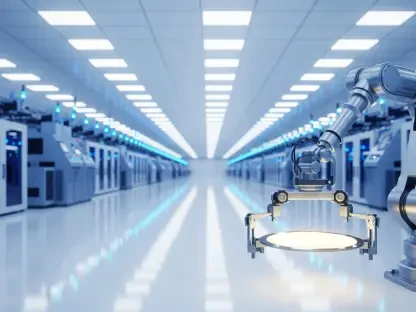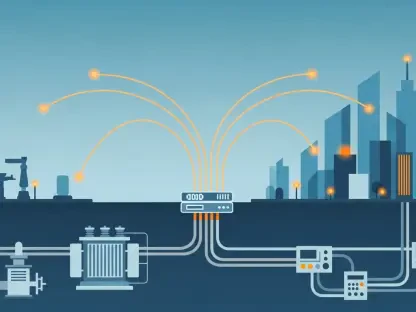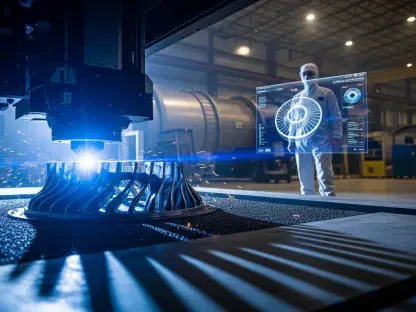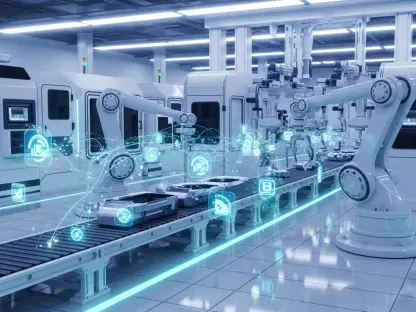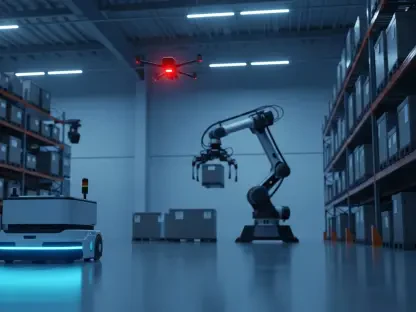The automotive industry faces a significant transformation, with General Motors (GM) making strategic decisions in response to shifting market dynamics. GM has decided to redirect its Toledo, Ohio, plant’s focus from electric vehicle (EV) drive units back to internal combustion engine (ICE) components. Originally designated as a key hub for EV production, with an investment of $760 million, the Toledo plant has yet to see any EV retail production. Instead, part of its infrastructure will now support transmission production to meet the ongoing demand for ICE components. This decision comes amid a slowdown in EV demand and aligns with efforts to expand light-duty truck production in Indiana. While some might speculate that recent auto tariffs have influenced this decision, it appears to be more about GM’s realignment with industry trends.
Response to EV Market Trends
The shift in GM’s strategy is not isolated; it echoes a broader industry trend where many automakers are reassessing their EV commitments due to fluctuating demand. Earlier projections had GM aiming for a sales target of 200,000 EVs across North America, but the actual number reached only 189,000. This shortfall, though not drastically off, indicates a need for recalibration. Consequently, GM has opted to delay its EV truck production in Michigan, prioritizing resources where the market currently demands more—traditional vehicles. The auto industry, amidst regulatory pressures and evolving consumer preferences, finds itself in a challenging period of adjustment. The reallocation of resources at the Toledo plant is part of GM’s response to these changes, balancing immediate market needs with long-term EV ambitions.
Tariffs and Future Challenges
Future challenges await General Motors and other automotive industry players, notably in managing tariffs and supply chain upheavals. With impending auto import tariffs by May, the automotive supply chain expects considerable cost pressures. This scenario could test the resilience of companies already under financial strain from adapting to novel emission standards and rising tech demands. The Center for Automotive Research underscores these disruptions, urging automakers like GM to balance immediate realities with strategic investments for the future. Despite the challenges, these circumstances offer avenues for innovation and strategic positioning in the global automotive stage.
For instance, GM’s shift from electric vehicle (EV) to internal combustion engine (ICE) production in Toledo illustrates how automakers respond to market demands and economic pressures. Similar industry players wrestle with strategy adaptation amid regulatory shifts and technological growth. Thus, the automotive sector will likely continue to evolve, emphasizing adaptability and foresight to ensure sustained progress and development in the years ahead.


